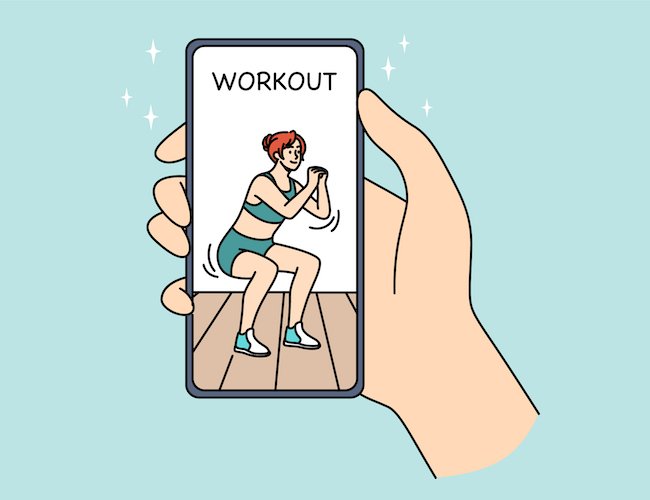A study published in the journal Medicine and Science in Sports and Exercise looked at the accuracy and efficacy of several different wearable devices that monitor and track physical activity. The results revealed that these devices are not always accurate when measuring physiological responses to exercise, so users need to be cautious when interpreting their data.
Tracking physical activity with wearable technology has been an increasingly popular trend, with new devices and models being released regularly over the last decade. However, these devices are not medical devices. The study noted two features that technology may not be accurately tracking: caloric, or energy, expenditure (EE) and heart rate (HR). For users with weight loss goals, EE can be an especially important marker, while HR in particular helps assess the intensity of a workout.
The study followed 50 people (men and women) who completed trials of graded cycling and resistance exercises and examined the HR and EE readings on eight devices: (i) Apple Watch Series 2, (ii) Fitbit Blaze, (ii) Fitbit Charge 2, (iv) Polar H7, (v) Polar A360, (vi) Garmin Vivosmart HR, (vii) TomTom Touch, and (viii) Bose SoundSport Pulse (BSP) headphones. An ECG and metabolic analyzer were used to determine the validity of each devices’ HR and EE readings.
Researchers found that none of the devices were valid for EE during cycling or resistance. Additionally, all devices underestimated HR more as a workout’s intensity increased. The Apple Watch 2, during cycling, and the BSP, during resistance exercise, were the most accurate for HR. When at rest, all the devices gave roughly accurate results. However, as these devices’ main purpose is to monitor activity, it is troubling that more activity only resulted in less accurate feedback.

Use Devices Wisely
This doesn’t necessarily mean wearable technology is bad. Physical inactivity is a global health problem and one of the leading causes of mortality. Introduction of these devices has encouraged consumers to take initiative on exercising and moving more. There’s also evidence that, by merely wearing these devices alone, people are more likely to reach weight loss and other health goals.
With growing consumer demand and popularity, the technology behind these devices is likely to improve over time. Right now, though, users must be cautious when looking at tracking data. While many of these devices are beautifully engineered and appear to give detailed output, the truth is that their readings are not (yet) an exact science.
Data from these devices on heart rate and caloric burn is just not reliable. Thus, employers should not focus on these numbers in their wellness programs. Inaccuracies could potentially negatively affect an individuals’ physical health plans or goals. This is especially so in regards to workout intensity, as the more effort an individual puts into their exercise routine seems to produce the most incorrect data. These inaccuracies could push a user to over-stress their body or become discouraged about not achieving the exact numbers they wanted.
A more reliable and effective method of utilizing wearable device data is to look at the bigger picture of a user’s activity trends in a more qualitative way. Instead of looking for a user to meet specific heart rate goals during a workout, challenge them to simply get their heart rate elevated. Tracking calories burned may not be very effective when evaluating an employee’s success, but seeing that they exercise daily for 30 minutes or more indicates that they are making an effort on improving their physical health.
Breaking down goals this way can also accommodate a wider range of physical health levels. Employees that are just beginning their fitness journey might be intimidated or confused by interpreting HR and EE numbers. Keeping in mind that these numbers are just an estimation can make wellness challenges and health tracking more effective for both employers and employees.












